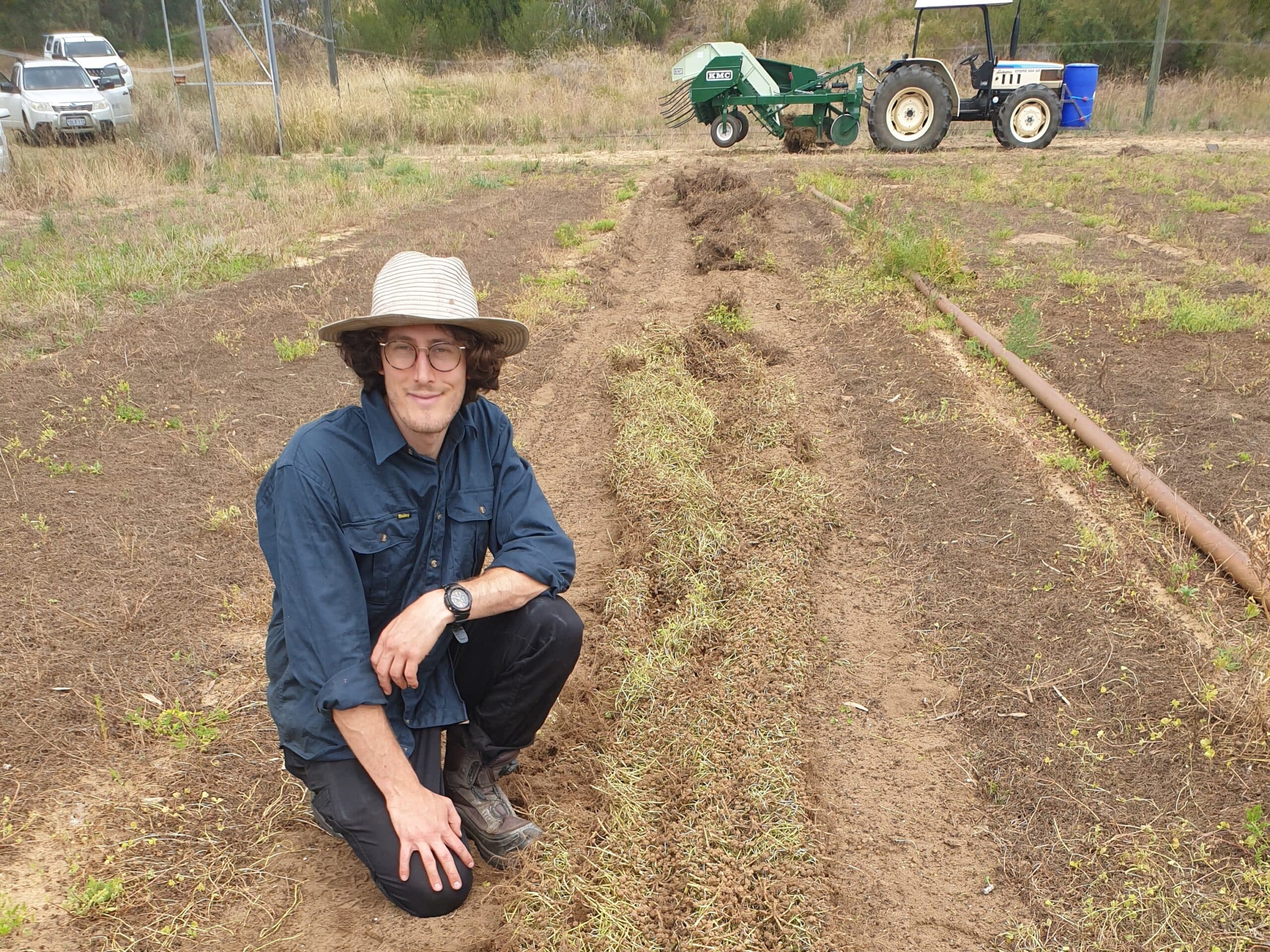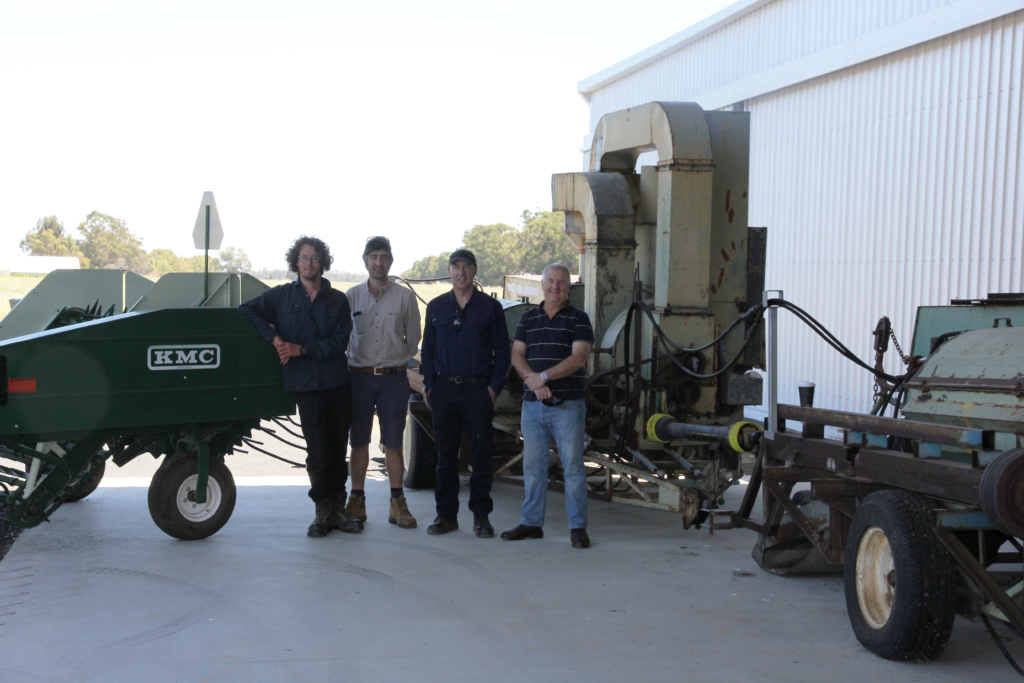“My favourite thing about flying is looking out the window and seeing the kaleidoscope of different shapes and colours down below. The neat, square lines of fields and perfect, green circles from centre pivots are beautiful, but are clearly not natural. They highlight the extent of agriculture and the impact it has on the environment. But just how big is this impact on our planet?
Globally, we use nearly the equivalent land area of Africa for pastures to be grazed by animals and we use almost the equivalent of all of South America to grow crops on. This is approximately 50% of all the land area on earth devoted just to farming. To put that into perspective, infrastructure (all of the cities, towns and buildings we associate with modern society) occupies just 1% of earth’s land area. Additionally, out of all the water used by humans, 70% goes just to agriculture. Twenty-four percent of all greenhouse gas emissions are from agriculture, forestry or other land use. With all these resources already used in farming, how can we sustainably grow more food to feed the 10 billion people predicted to live here by 2050 and minimise our environmental impacts?
Fertilisers have been an important a tool to grow more food on less land. Synthetic nitrogen fertiliser, in particular, has been used to increase productivity and contributed to significant increases in global food production over the past 60 years. However, producing synthetic nitrogen fertiliser is resource and energy intensive and contributes substantially to natural gas use and greenhouse gas emissions. Our reliance on synthetic nitrogen fertiliser isn’t sustainable if we want to responsibly feed the world.
So, what’s the alternative?
Incorporating nitrogen-fixing legumes into farming systems is one natural alternative to industrially manufactured nitrogen fertilisers. Subterranean clover (Trifolium subterraneum L.) or subclover is the most extensively grown annual pasture legume in Australia, and has a long-rooted history in our pasture and livestock production.
Amos William (AW) Howard, a farmer and nurseryman from South Australia, found subclover growing in a field in 1889. He very quickly recognised its value as fodder for livestock, while also improving soil fertility.
Subclover has since played an important role in sustainable Australian farming systems. It offers a valuable source of nutrition for livestock while simultaneously supplying organic nitrogen to the soil. But it doesn’t stop there, it assists in weed, insect, and pathogen control, and increases soil organic matter. Economically, nitrogen fixed by pasture legumes saves Australian farmers around $5 billion per year in synthetic fertiliser costs. Subclover has clear benefits in sustainable farming systems, but the unusual biology of subclover makes seed harvesting a challenging process. Have these challenges limited its adoption in Australian, and global farming systems?
A challenging harvesting process
I’m fascinated by this unusual biology and particularly subclover’s peculiar habit of burying its seed-bearing burr in the ground. This mechanism protects the seed from livestock and birds, and establishes a seed bank for future seasons. It’s for these reasons that subclover works so well in rotational farming and has been so successful in Australian systems. But it is this very mechanism, burying the burr in the ground, that complicates the harvesting process.
The challenge of harvesting this seed is where my research comes in. I’m not a farmer and don’t have a background in farming or agriculture. However, since I have started working in the sector, I’ve been impressed by the ingenuity of farmers. They are self-taught engineers who are constantly developing better ways of doing things and solving problems. It’s this ingenuity that led to the initial subclover harvesting solutions.
The evolution of subclover harvesting equipment has been a long and often novel road. From brush harvesters consisting of a combination of large brushes and rakes to collect clover material from the ground, to sheepskin rollers that leverage the natural ability of burrs to attach to wool. Most solutions were the result of hard work and tinkering by innovative farmers from across Australia. In the last century of the 48 patents developed for subclover seed harvesters, 75% were patented by farmers.











